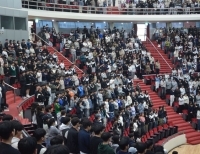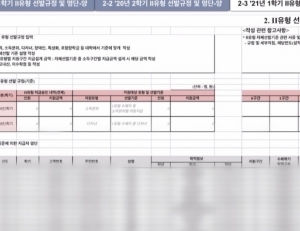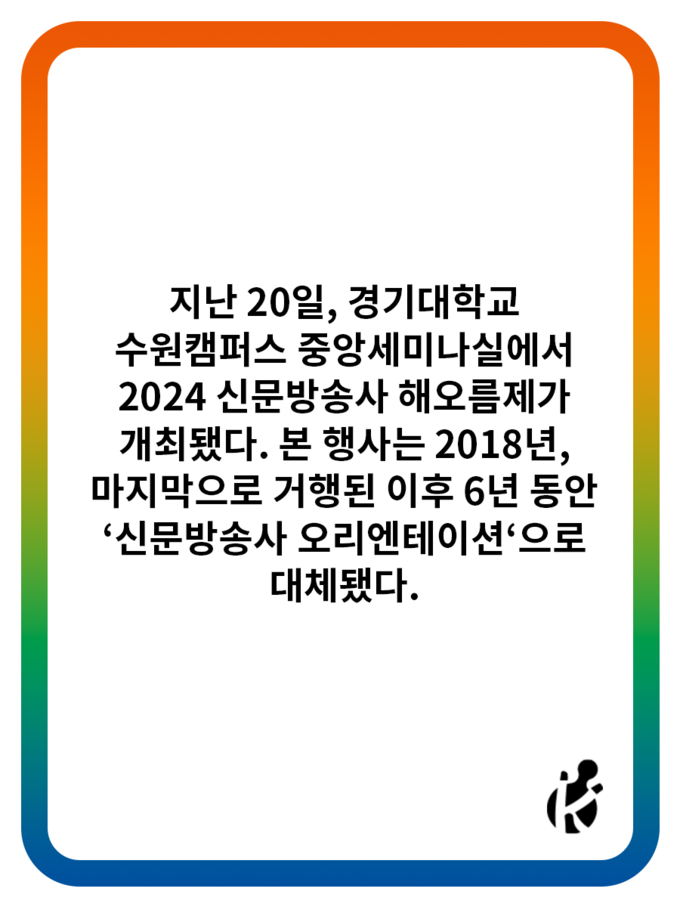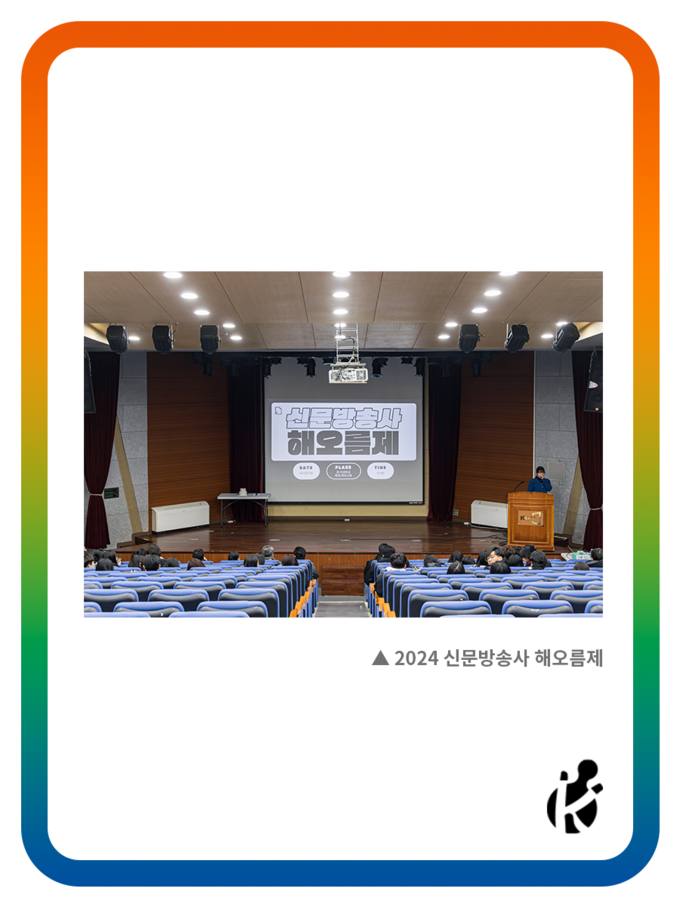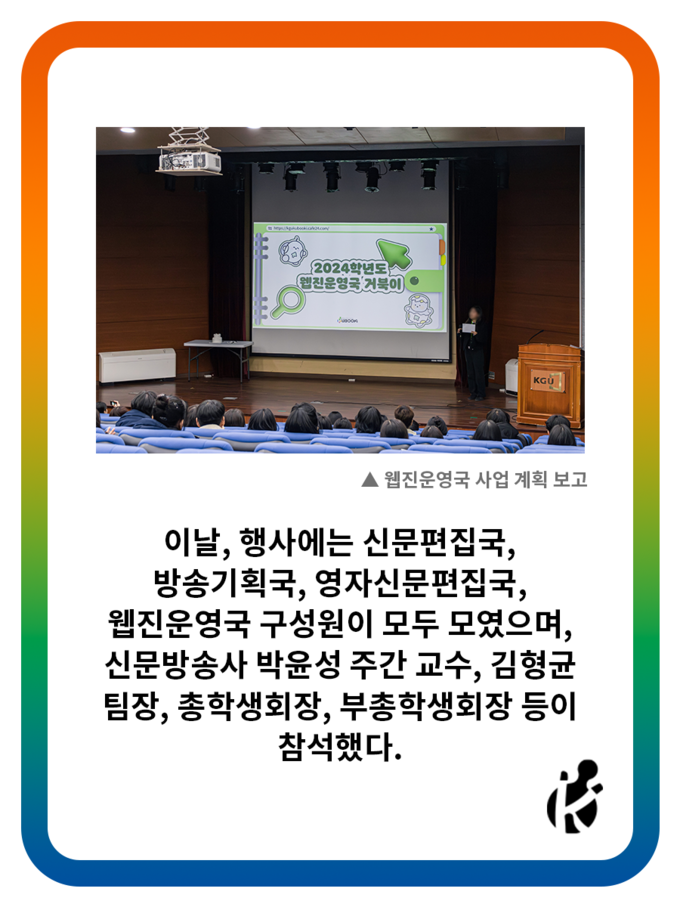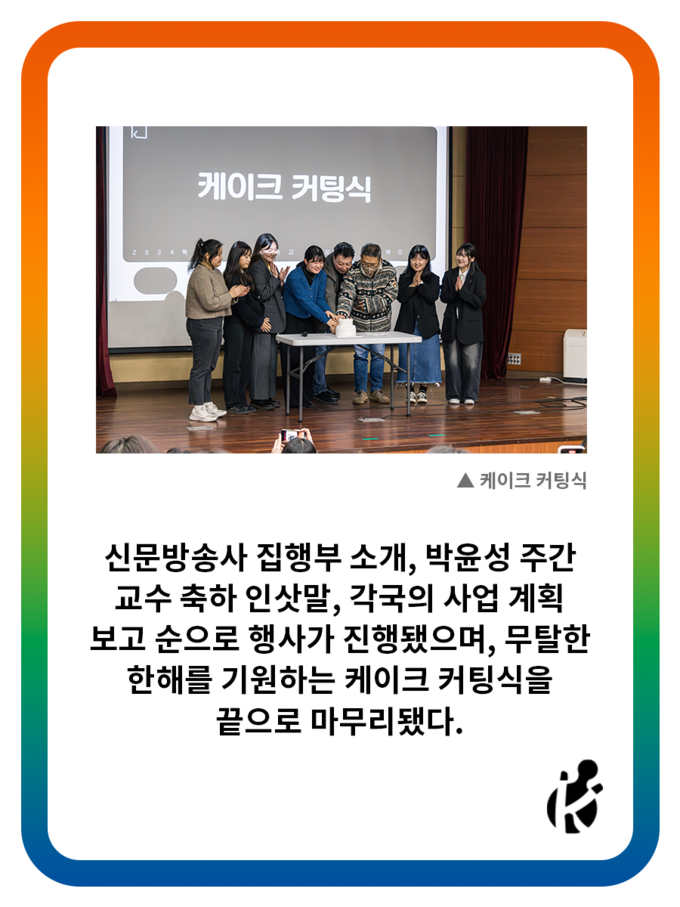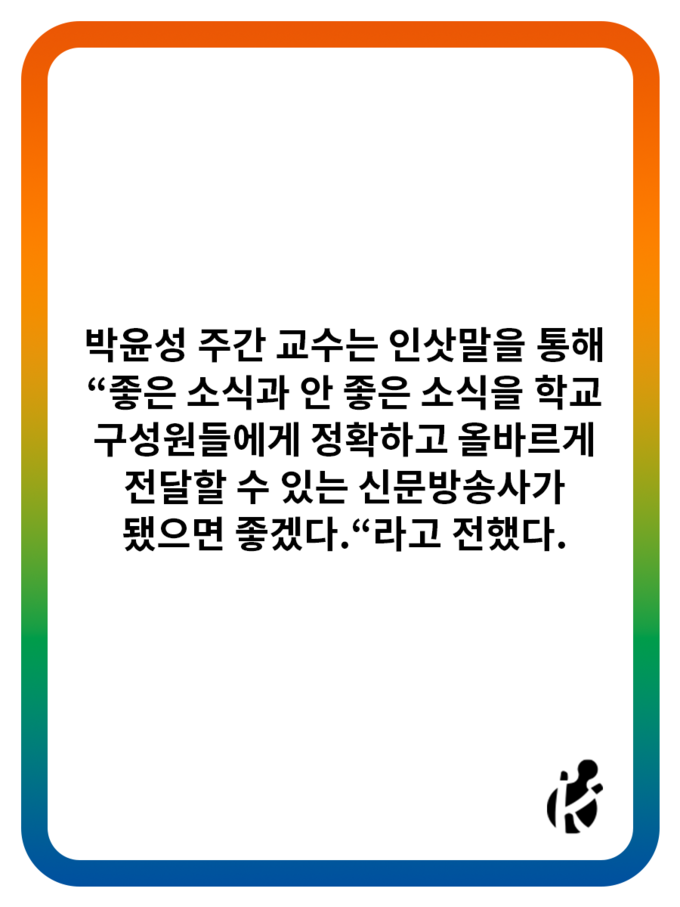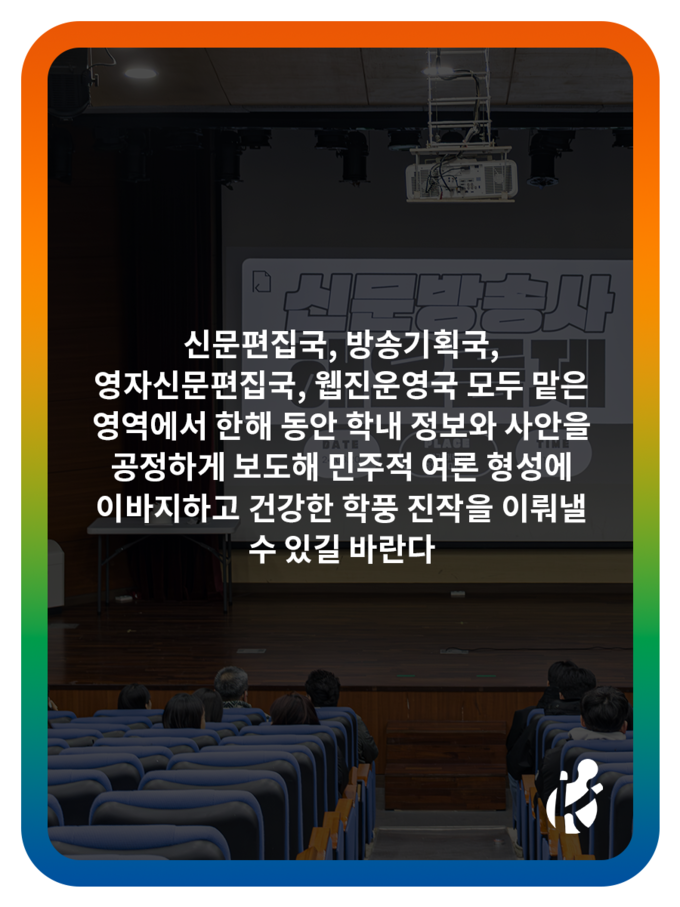Semiconductors have risen as a key to economic security. Semiconductors are a key component of all electronics. They are the support of the Korean economy and account for about 20 percent of Korea’s total exports, holding the position as Korea’s top export for nine years. Korea is currently considered a semiconductor power, maintaining the largest share of memory semiconductors in the world. However, despite its achievement as the world’s No.1 player, its independence in the materials, parts, and equipment industries is low. There are concerns that Korea’s semiconductor industry is still vulnerable in the intense semiconductor hegemonic war. In response, the government announced a strategy to achieve semiconductor production independence by investing in semiconductor materials. As this strategy is a policy that is fundamentally centered around national security, there is a lot of public interest and concern.
The reason for the slowdown in the Korean semiconductor industry is that economic uncertainty has increased because of Japan’s export regulations, COVID-19, and the Russia-Ukraine war. As raw materials and logistical costs increased due to these external factors, demand for semiconductors decreased, and the industry became static. In response, the government presented a strategy to achieve independence in semiconductor production. South Korea President Yoon Seok-Yeol said, “Semiconductors are a national security asset and the core of our industry.” The presidential administration decided to increase corporate investment support to more than 340 trillion won during the next five years, This strategy can be divided into three categories: tax benefits, manpower, and infrastructure.
First, the tax benefits for semiconductor producers are being expanded. The tax deduction rate for major companies is being increased from 6-10 percent to 8-12 percent. It will expand the fields of test equipment, intellectual property design, and verification technologies. Second, the government plans to train 150,000 semiconductor workers over 10 years to produce a professional workforce. The goal is to train more than 3,600 professionals in five years by designating a new specialized graduate school. The government will endeavor to produce professionals by establishing a new semiconductor department. It will run a ‘Semiconductor Brain Track’ so that not only students majoring in engineering but also other students can learn about the field. Besides, extended hours will be allowed for semiconductor R&D, extending the 52-hour workweek to a maximum of 64 hours. Finally, in terms of infrastructure, the floor area ratio of complexes is being raised from 350 percent to 490 percent to expand the factories. This is expected to increase employment for about 9,000 people.
"Semiconductors are a key part of the high-tech industry, such as AI, and battery components for electric vehicles. Some worry that this industry development strategy is far removed from reality, but it will be the starting point for reactivating the Korean semiconductor industry as it is a policy proposed by the government in line with industry demands. To secure the competitiveness of the Korean semiconductor industry, it is necessary to continue to supplement related measures. It is expected that the Korean economy will take off and develop in the future through the semiconductor industry development strategy."
78th Cub Reporter • LEE SU BIN • ded333@kyonggi.ac.kr
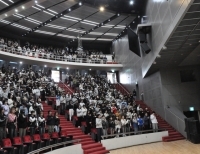 What Happened in KGU? : 수원캠퍼스 학생총회 편
On April 4th, a general meeting of students was held in the Tele-convention center at the Suwon campus. The contents were the same as the general meeting of students in the Seoul campus: the first part was for agenda announcement, the second part was about the Membership Training for whole university, and the third part was simple Q&A time. In the first part, the agendas were all the same as the ones for the Seoul campus, and the result of the ...
What Happened in KGU? : 수원캠퍼스 학생총회 편
On April 4th, a general meeting of students was held in the Tele-convention center at the Suwon campus. The contents were the same as the general meeting of students in the Seoul campus: the first part was for agenda announcement, the second part was about the Membership Training for whole university, and the third part was simple Q&A time. In the first part, the agendas were all the same as the ones for the Seoul campus, and the result of the ...

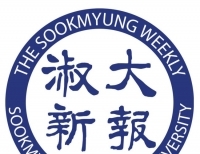 [타 대학보 축사] 경기대신문의 1100호를 진심으로 축하드립니다
[타 대학보 축사] 경기대신문의 1100호를 진심으로 축하드립니다
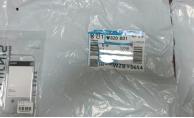 [와이파이] 큰 박스에 달랑 물건 하나, 과대포장 규제 정책 시행은 언제쯤
[와이파이] 큰 박스에 달랑 물건 하나, 과대포장 규제 정책 시행은 언제쯤
 [문화산책] 이 세계는 멋져 보이지만 모두 환상이야
[문화산책] 이 세계는 멋져 보이지만 모두 환상이야
 [네컷만화] 학생총회
[네컷만화] 학생총회

 목록
목록





